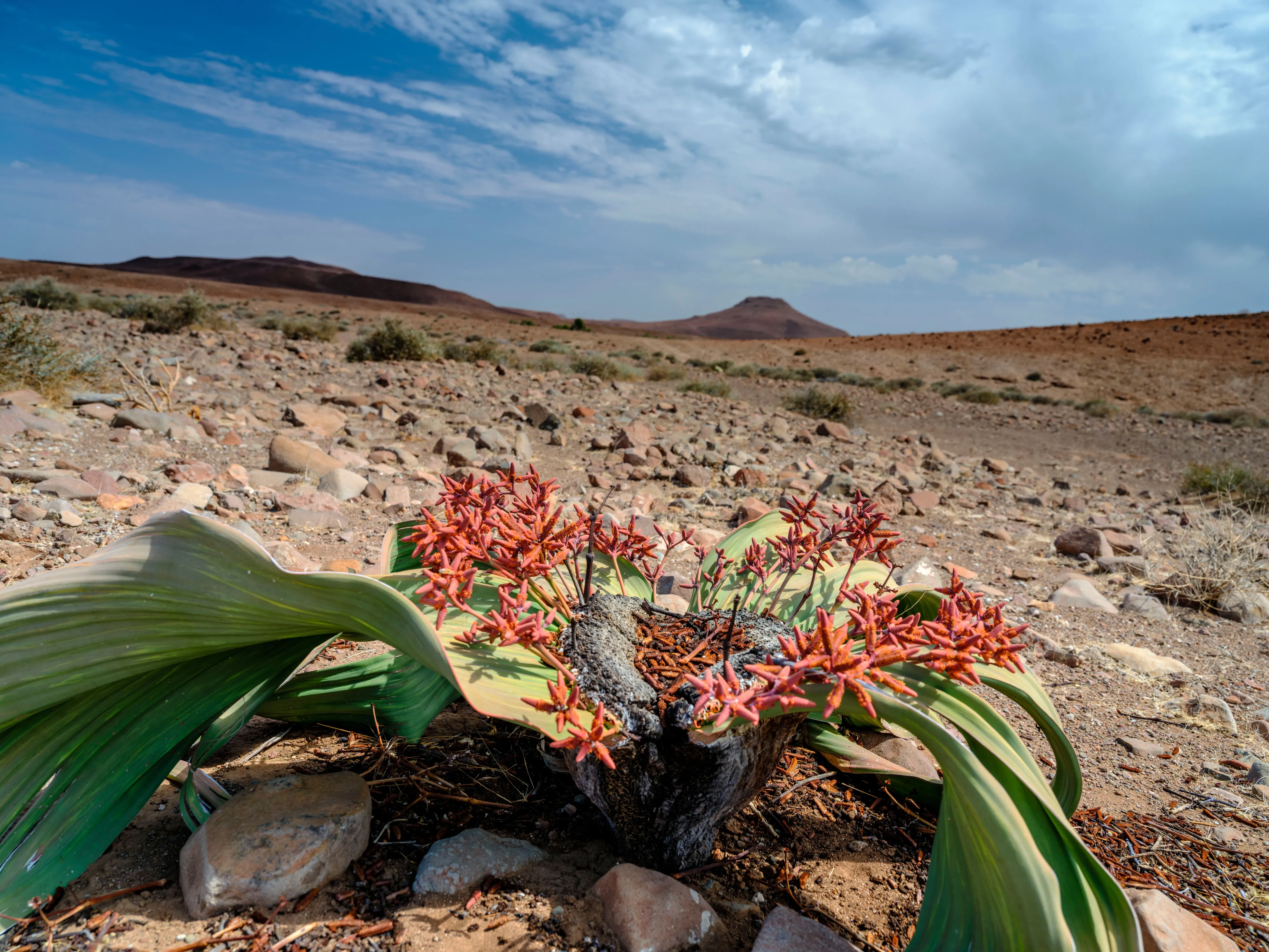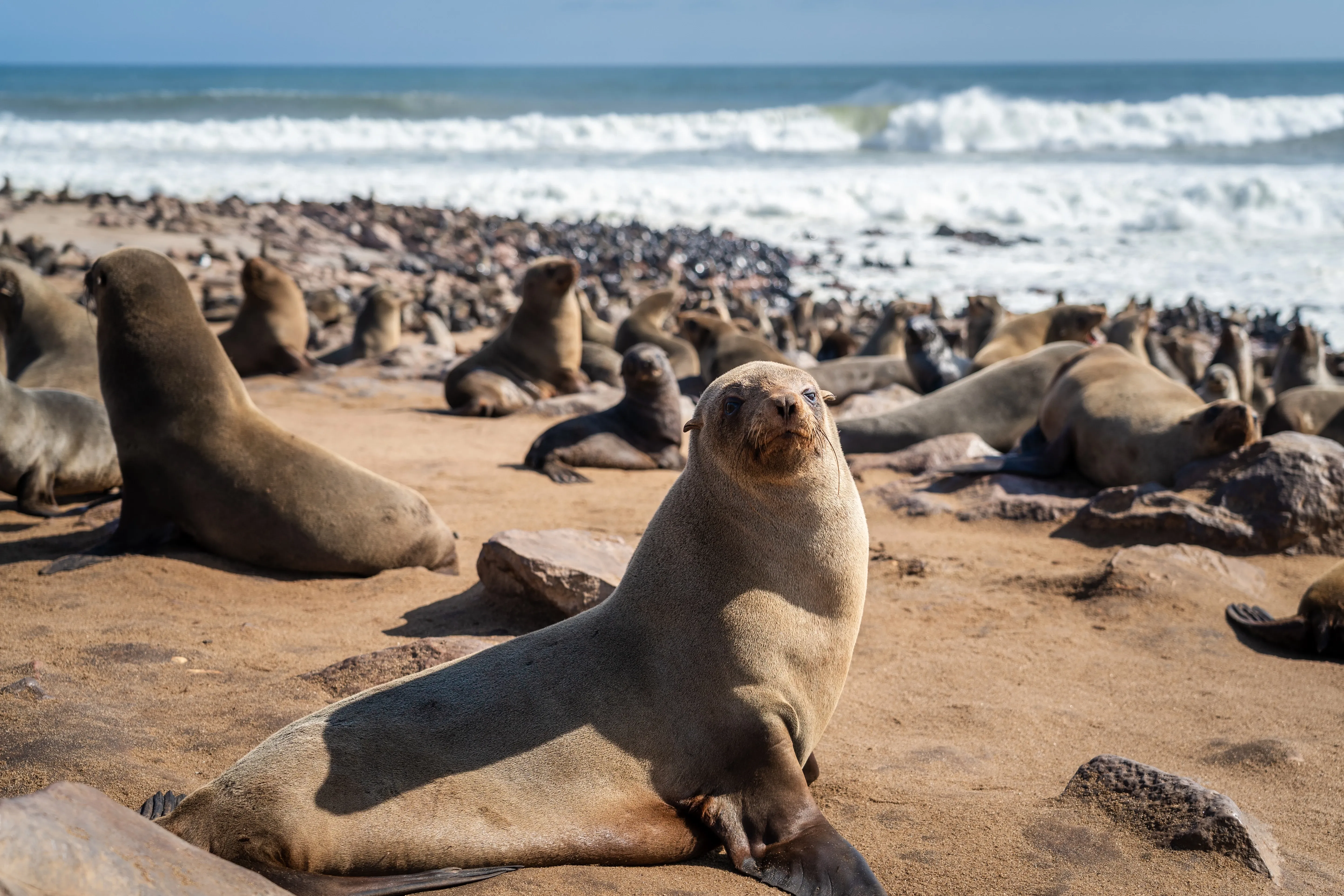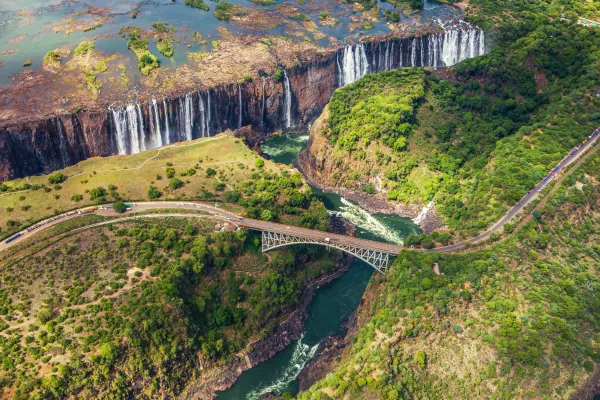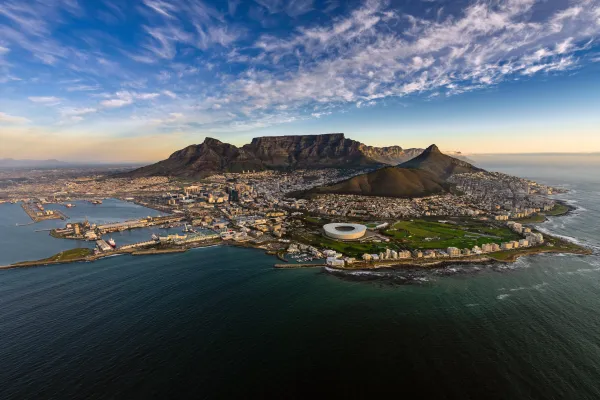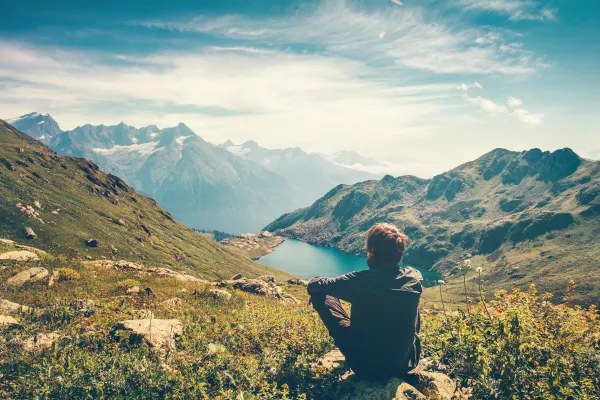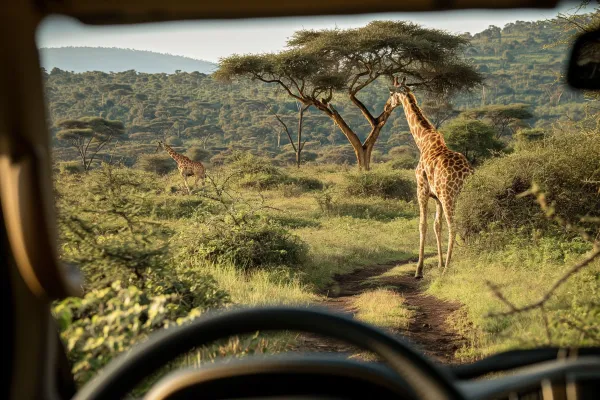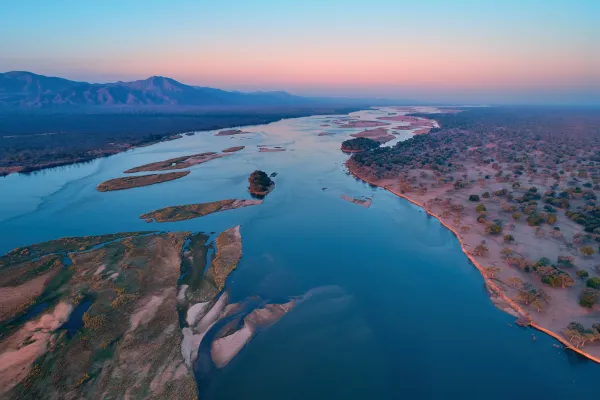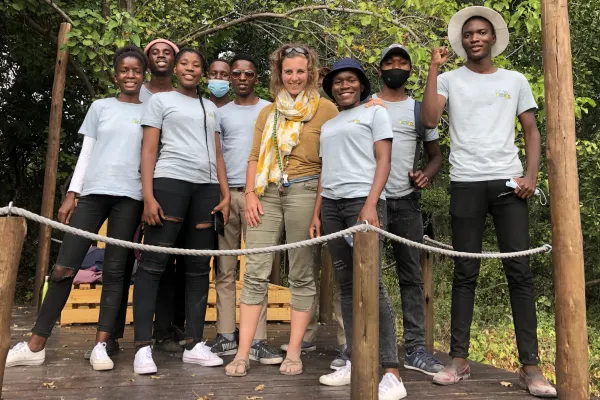Namibia - Highlight for all adventurers
Namibia is located on the Atlantic seaboard of Southern Africa, on a brutally dry coastline. It is really not difficult to understand the origin of the foreboding name of this region, ‘The Skeleton Coast’, as the beaches are littered with whale bones as well as the remnants of shipwrecks. The fate of countless marooned sailors and mariners can only be left to your imagination.
Namibia at the time of explorers
The treacherous weather and tides of the Skeleton Coast have caused problems for seafarers for centuries, ever since the pioneering Portuguese mariner Diogo Cao first made landfall in 1486. This occurred at a small bay that would be named Cape Cross after the wooden marker, or ‘padrao’ the sailer would have erected there. Little would he have known at the time, but he would have been the first European to set foot in what is now called the Namib Desert, the only true desert in southern Africa, and the oldest and most geographically fascinating in the world. At about 80 millions years old, the Namib is about 10 times older than the legendary Sahara in north Africa.
One can only speculate what Cao would have made of the Skeleton Coast and its lack of any fresh drinking water or settlement prospects when he landed. Enter one of the first fascinating chapters of German history in the region as the original cross is now housed in the German Historical Museum in Berlin. A memorial bearing the name of this intrepid explorer, celebrating an incredible feat of seamanship, now stands at Cape Cross. The bay is a protected conservation area and is a crucial breeding area for one of the largest colonies of fur seals in the world.
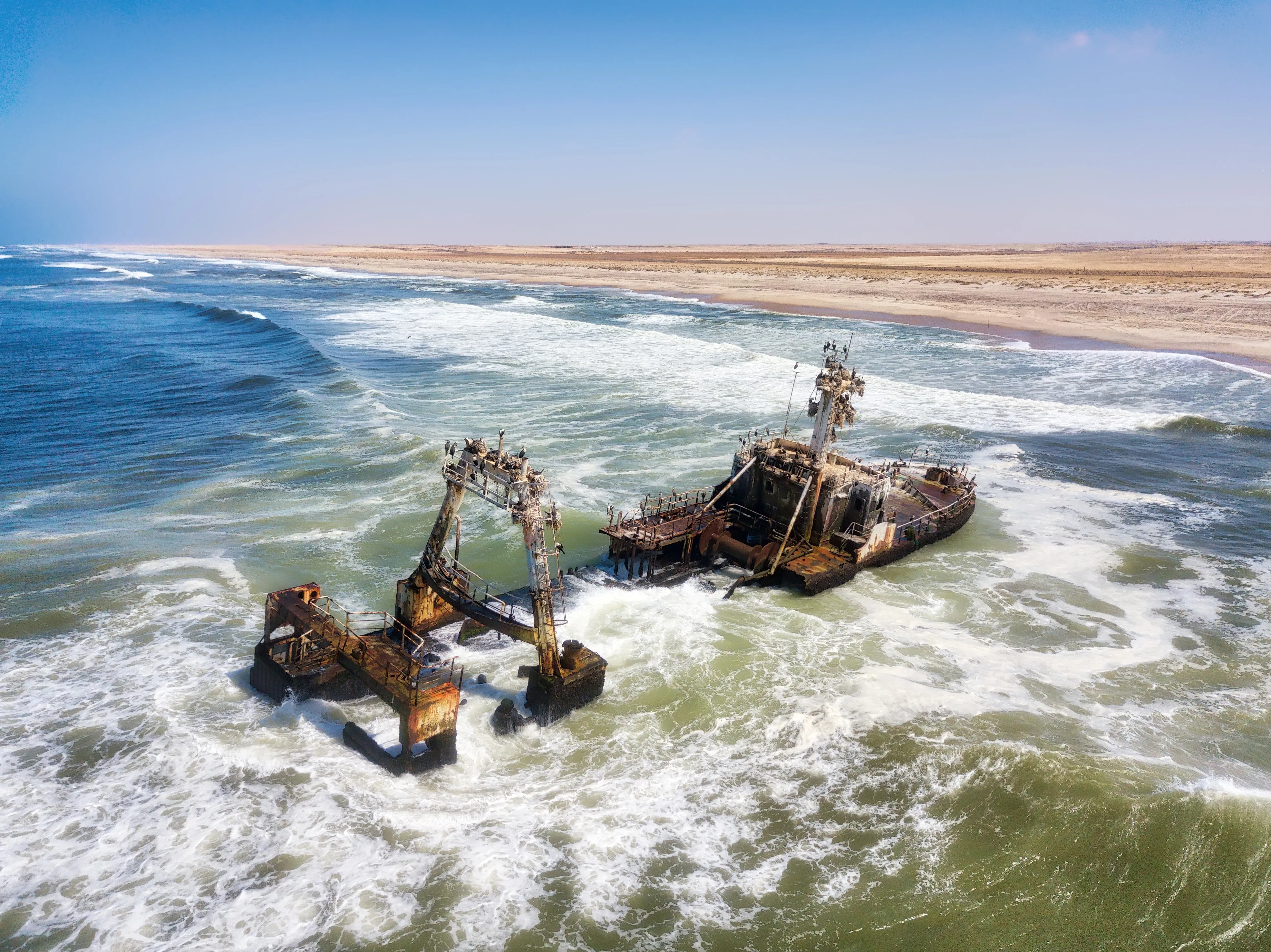
Skeleton Coast – a place of remnants
Less than 50 years later, another Portuguese trading ship sank along the southern reaches of the Skeleton Coast. Its whereabouts remained a mystery until the wreck was discovered in 2008. Forty tonnes of cargo was on board, including 100 elephant tusks, gold and silver coins, and copper ingots. Interestingly, enough DNA from some tusks was salvaged in order to trace the origin of the ivory to west African populations. This after lying partially submerged for close on 500 years.
The magic of Namibia
Namibia now, is of course far more comfortable to reach, and The Skeleton Coast is infinitely less daunting than in Cao’s days. There are many more highlights to experience in this remarkable country than the historic and imposing coastline and dune land.
Namibia is a pure adventurers delight. The great Namib Desert, in all its majestic glory, is easily within reach too and you should definitely add it to your bucket list.
In the local Nama language, the word Namib means ‘vast place,’ and the desert certainly lives up to its name and supports an array of supremely adapted plant and animal life. The prehistoric welwitschia, an ancient cone-bearing plant capable of surviving zero rainfall zones and found nowhere else on earth, is one such marvel.
So are the fairy circles, flowering stones, fog beetles that harvest moisture from the air and of course, the desert adapted elephants. But all of these are for another time, best told in person around a remote desert campfire off the beaten track…hope to see you there one day!
Sign up for the newsletter
By clicking on “Subscribe now” I will subscribe to the Conscious Explorer newsletter with all the information about mindful travel. Information on the success measurement included in the consent, the use of the shipping service provider MailChimp, logging of the registration and your rights of revocation can be found in our privacy policy.

